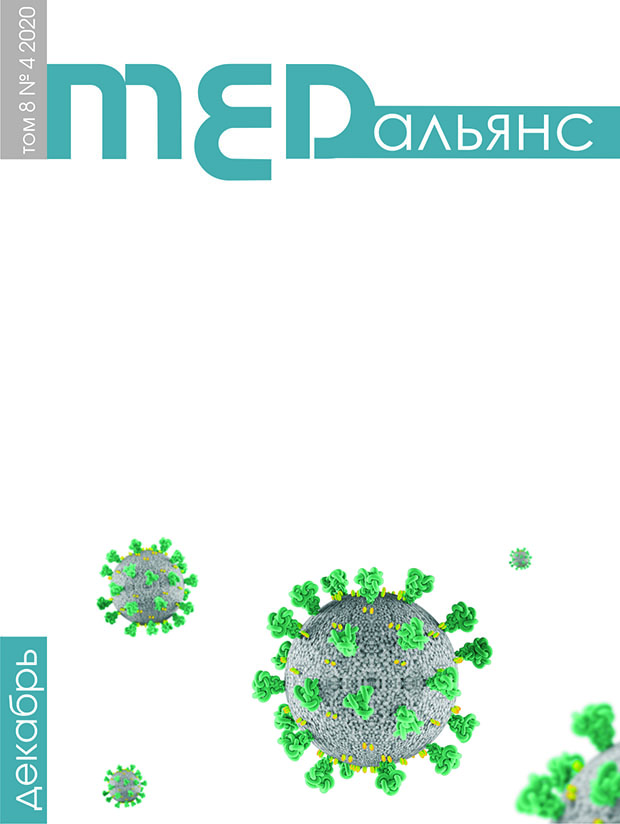Abstract
The novel coronavirus infection (COVID-19) pandemic has promoted the study of computed tomography (CT) in assessment of lung lesions during viral infections. The aim of the study was to investigate the intravital lung parenchyma lesions follow-up in severe forms of experimental influenza infection by CT. An experimental study was carried out on 40 male C57black/6 mice weighing 16–18 g. Animals were divided into two groups: 1) uninfected mice — n=10; 2) infected mice — n=30 (infected intranasally with influenza virus A/PuertoRico/8/34 (H1N1), infectious dose 4.4 lg TID50/animal). The severity of infection was assessed according to the following criteria: daily control of the animals’ body weight; intravital lungs CT; lungs biometric and morphological examination. CT was performed in 5 randomly selected animals from the infection group at the first, third and fifth day after infection. The data obtained in infected mice confirmed the success of infection and the development of acute intoxication syndrome, while lung tissue changes in CT were absent up to 5 days from the onset of infection. The diffuse alveolar lung tissue damage was observed as morphological manifestation of these changes. The severity of lung lesions in CT was completely comparable with the picture of their lesion during morphological examination. Thus, computed tomography can serve as an effective tool for monitoring of lung parenchyma lesion caused by viruses during the effectiveness studies of various preparations and vaccines in experimental infections.

